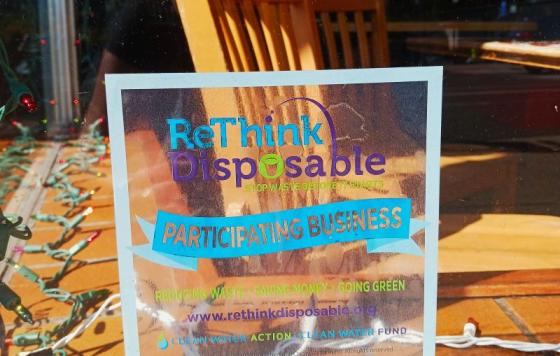
Lidya Yatin is an Environmental Health and Justice Intern with our Massachusetts office
On June 21st, the Massachusetts Senate unanimously passed the, S.2555, An Act to Protect Children and Families from Harmful Flame Retardants, which was sponsored by Senator Cynthia Stone Creem. We thank Senator Creem, the Senate and all those who helped support this bill. The bill’s progress is a great stride in the right direction, but we cannot quite claim victory yet.
S.2555 and its house counterpart H.4656, sponsored by Representative Marjorie Decker, are currently in the House Ways and Means Committee. Once it is passed out of this committee, the House as a whole must vote on the bill. And there’s not a lot of time, because the end of the Commonwealth’s legislative session ends on July 31st, leaving the legislature less than 2 weeks to put the Children and Firefighters Protection Act on Governor Baker’s desk!
Together, we can achieve this. This Children and Firefighters Protection act is important for the health and safety of all Massachusetts residents, especially to those two important groups who are most vulnerable to toxic flame retardant exposure!
The highlights of both the Senate and House Bill:
- A ban on 11 flame retardant chemicals in all bedding, carpeting, children’s products, household furniture, and window treatment.
- Establishment of a triennial review of new flame retardants which can be banned if the chemical chemical demonstrates:
- Harm to normal development of fetus or child
- Causation of cancer, genetic damage, or reproductive harm
- Disruption to endocrine (hormone) system
- Damage to the nervous system or any organ; or
- Persistence and bio-accumulation as a toxic substance.
Massachusetts is one of 17 states working towards toxic flame retardant policy and legislation. Massachusetts and its legislators should follow through with the ban on toxic flame retardants. Leaders in the Commonwealth, like Boston City Councilors, have worked hard to keep our communities safe from toxic chemicals. In fact, the Council passed a bill to amend Boston’s Fire Prevention Code which allows public buildings and institutions to use furniture free from flame retardants.
The fight against toxic flame retardants in everyday products is long but necessary. The introduction of flame retardants into furniture began in the 1960s when the tobacco industry was under pressure to produce self-extinguishing cigarettes due to the frequency of house fires. Instead of producing fire-safe cigarettes, Big Tobacco teamed up with the chemical industry to pour millions of dollars into a campaign to promote the addition offlame retardants to furniture to curb the problem. The lasting legacy of the corporate lobby must be overturned for the sake of health and safety of our community’s most vulnerable populations. (For more information about this sordid history read Playing with Fire – a powerful investigative reporting series by the Chicago Tribune.)
Unfortunately, flame retardant chemicals harm more than just humans. Alarmingly, scientists have also found the presence of certain flame retardants in sperm whales, indicating that these toxic chemicals have reached deep ocean waters. Flame retardants have also been found in Antarctic penguins and Arctic orcas, in North American kestrels and barn owls, in bird eggs in Spain, fish in Canada and in bees’ honey from Brazil, Morocco, Spain and Portugal.
You too can support The Children and Firefighters Protection Act!


